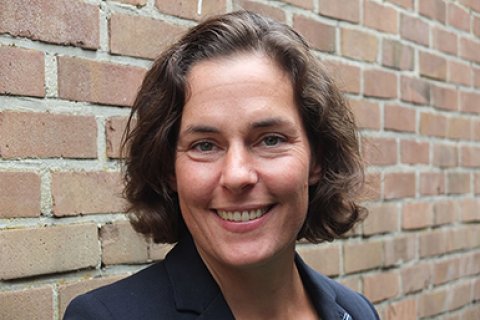The story of a Dutch double agent during the Cold War: "Truly unique"
Eleni Braat in The Conversation and The Independent

It sounds like a Hollywood movie, but for Agent M it was real life: for 22 years during the Cold War, he was a double agent for the AIVD, the CIA and the Stasi. Associate Professor History of International Relations Eleni Braat and Ben de Jong (Leiden University) interviewed him repeatedly and recently published their official research in the International Journal for Intelligence and Counterintelligence and The Conversation.
Recruitment
In the early 1960s, M was recruited by the Dutch Internal Security Service (BVD), the predecessor of the AIVD. "His career [at a multinational] would go on to provide excellent cover for his clandestine work, as it involved a lot of international travel", Braat and De Jong write. In 1967, he was recruited again in Israel, this time for the foreign branch of the Stasi, the Hauptverwaltung (HVA). Thanks to this double role, he was spotted by the CIA and began to work for them as well.

Although he was an official agent of the HVA for 20 years and passed on information to them, he always remained loyal to the West. "His primary loyalty was to the Dutch service and the CIA", Braat and De Jong confirm. "After seeing the evidence he provided to us, we believe his account of working against the Stasi is credible."
Betrayal
In 1985, it seemed as if his double role had been revealed when he was pulled out of bed at four o'clock in the morning. "Still in pyjamas, he was taken from the safe house where he was staying for debriefing sessions with his Stasi handlers to a van with darkened windows that transported him, under armed guard, to a prison", Braat and De Jong write. A physically and mentally harrowing interrogation followed, which eventually turned out to be a test.
Yet M developed a close bond with his HVA supervisors, who showed him more appreciation than the BVD and the CIA. They gave him presents and took him on trips – from the BVD he received "not even a ballpoint". It comes as no surprise that M fell on hard times after the fall of the GDR when he was abandoned by all three organisations.
"It is clear that traumatic memories from that period continue to be a considerable burden to him", Braat and De Jong explain. "His former CIA handler, who M managed to get back in touch with in recent years, advised him in an email: 'Let it go, man, let it go.' But this was clearly to no avail."
Truth
Although this research offers many new insights, Braat and De Jong emphasise how difficult it is to verify these kinds of personal stories. "It is hard to know the full truth when it comes to the secretive world of espionage", they say. "But it is important to underline just how rare it is for a former secret service agent to open up and talk on the record about their experiences."
Not everything M said about his life is reflected in the official documents still in his possession. Though the overall story checks out, details remain difficult to prove. Still, such a story is very valuable for the investigation of government intelligence and espionage during the Cold War. "M gave us a truly unique insight into the secret workings of three different intelligence agencies", conclude Braat and De Jong.

